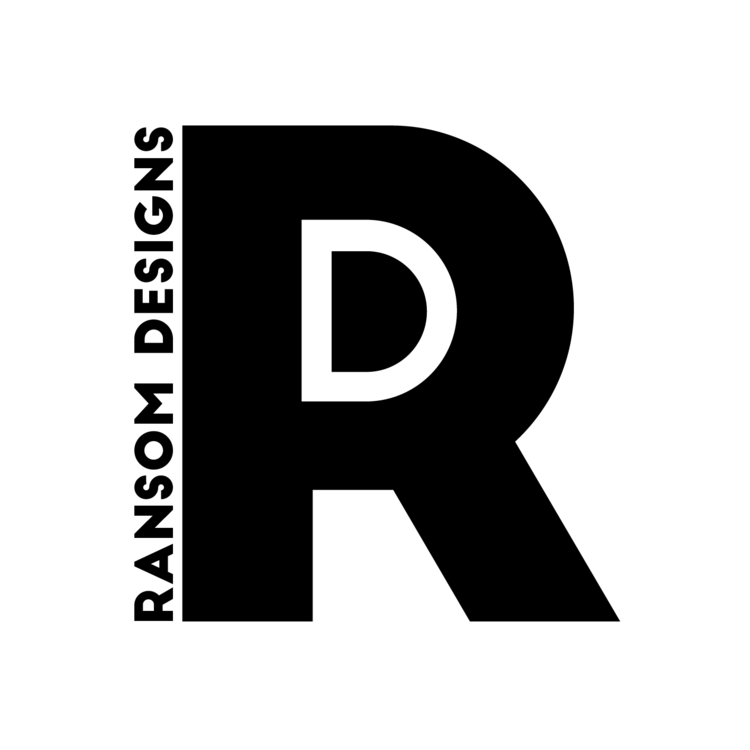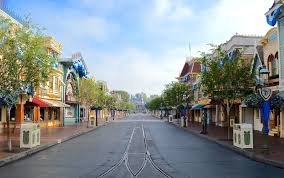Last week’s class involved us talking about out proposals from last year, what we thought about them now, what we’ve done since then and where we’re planning on going with everything.
I created a small presentation deck to explain my thoughts and plans which was great to put everything down on paper. I feel keeping everything in a note book, out of order, doesn’t help me get things in a fixed state so everything remains in flux.
The main parts of my presentation were;
my current question: To what extent is Visual Culture used in Transmedia Storytelling in Disney Parks.
What that means. So fundamentally, there are two parts to this. One is Imagineers, the company that design and build everything a guest sees in a Disney park, cruise line or store. The second part is transmedia storytelling and specifically Spatial Transmedia Storytelling as detailed in Rebecca William’s book. Being a story told in a 3D environment in which the audience discovers the story beats for themselves.
There is also the Visual Culture section of the question which also needs researching.
During the proposal I outlined the idea of case studies of existing attractions in the parks now. I did this with Dapper Dans from Main Street in Disneyland Paris (DLP) which currently involves recreating the design work within and on the facade of that attraction. The next step of this is to analyse these designs and talk about there origins and influences and philosophies.
Mike, our new course leader, brought up a few key points of this, the main one being that I need to make sure this isn’t a purely research and documentary. I need to create and respond to what i’m learning. He challenged us to produce something for 2 weeks time (one week of this writing) that we’ve made with our hands. and if we can, away from computers!
My first experiment was to create a small model of Main Street based on this image:
Disney use a technique called Force Prospective. It involves making things that are higher up a building, smaller and darker in colour. This gives the illusion of scale that isn’t in proportion to the real world measurements. This is also achieved on Main Street in particular by having the street incline slightly and then go down before the castle, in order to make the castle seem bigger and further away. My plan was to divide the street into sections and make those sections out of card that can be placed further away from each other, to illustrate this idea. I started by making a rough version of this but instantly realised that I needed to use the incline of the street to make the effect work correctly. Something that will take a minute to figure out.
My second option was to make some screen prints. I feel like I’ve met Mike half way on his request to leave computers behind, as I’d already started making the case study designs for Dapper Dans, so I tasked myself to finish these and create a case study poster and then screen that poster.
The designs took a lot longer that I expected but luckily I got them done in time, as I needed to get them printed digitally in order to screen them. I also had the issue I knew was going to happen, in that I did my screen printing induction last academic year in January, and I’d meant to come back and print the whole rest of the year and the stars didn’t align.
I explained to Matt, that I think the design I’d done was far too detailed for a first time screening, but it’s all a learning curve, so I might as well give it a go and see what happens! Using the video I shot in January and making notes about it on the train this morning, and with Matts help, I was pleasantly surprised with the results. Matt even told me he was impressed!! I didn’t lose any detail, apart from the tiny parts I expected to, and apart from a couple prints they all turned out great!
I think this gives me a good basis to build a case study from, which I should do next.











